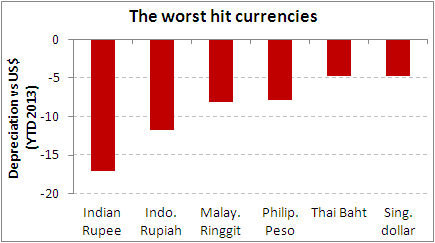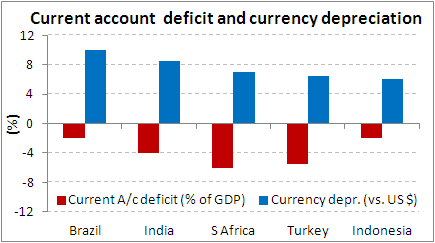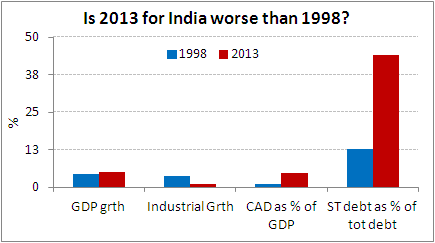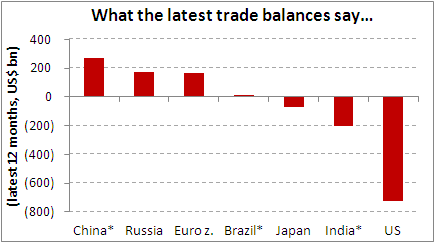ACIT vs. Infosys BPO (ITAT Bangalore)
The assessee recruited employees under a contract of employment which provided the salary as a ‘cost to company’ or ‘CTC’. Having determined the CTC, the employee was permitted to choose what would be the various components of his salary and for this purpose a basket of allowances was made available for the employee to choose from. The maximum allowance for each such allowance was fixed by the assessee. The said allowances included a component towards medical expenditure & leave travel concession (LTC). If the employee submitted proof of having incurred the expenditure towards medical treatment, he was allowed exemption to the extent provided in proviso (iv) to s. 17(2) of the Act. Likewise, if the employee submitted proof regarding leave travel, he was allowed exemption u/s 10(5) read with Rule 2B. The AO held that as Proviso (iv) to s. 17(2) and s.10(5) used the expression “actually incurred”, the exemption towards medical reimbursement and LTC could be conferred only for amounts paid as reimbursement after they were incurred by the employee and not before. She held that as the assessee was paying medical reimbursement & LTC as a component of salary every month, without the employee having incurred expenditure, the same had to be considered as salary disbursement for purposes of TDS u/s 192. The assessee was accordingly treated as being in default. On appeal by the assessee, the CIT(A) reversed the AO. On appeal by the department to the Tribunal, HELD dismissing the appeal:
Though TDS has to be effected at the time of payment of salary, s. 192(3) permits the employer to increase or reduce the amount of TDS for any excess or deficiency. Even assuming that the case of the AO that at the time of payment the assessee ought to have deducted tax at source is sustainable, the assessee, on a review of the taxes deducted during the earlier months of the previous year, is entitled to give effect to the deductions permissible under proviso (iv) to s.17(2) or exemption u/s10(5) of the Act in the later months of the previous year. What has to be seen is the taxes to be deducted on income under the head ‘salaries’ as on the last date of the previous year. The case of the AO that LTC and Medical reimbursement should be paid at the time the expenditure is incurred or after the expenditure is incurred by way of reimbursement and not at an earlier point of time and that if it is so paid, then, even though the payment would not form part of taxable salary of an employee, the employer has to deduct tax at source treating it as part of salary, is contrary to s.192(3) and cannot be sustained. The reliance placed by the AO on the expression “actually incurred” in s.10(5) & Proviso (iv) to s.17(2) cannot be sustained. In any event, the interpretation of the word “actually paid” is not relevant while ascertaining the quantum of tax that has to be deducted at source u/s192. As far as the assessee is concerned, his obligation is only to make an ”estimate” of the income under the head “salaries” and such estimate has to be a bona fide estimate. The primary liability of the payee to pay tax remains. In a situation of honest difference of opinion, it is not the deductor that is to be proceeded against but the payees of the sums. On facts, as the assessee had granted exemption towards medical expenditure and leave travel after verifying the details and evidence furnished by the employees, it could not be treated as an assessee-in-default.






